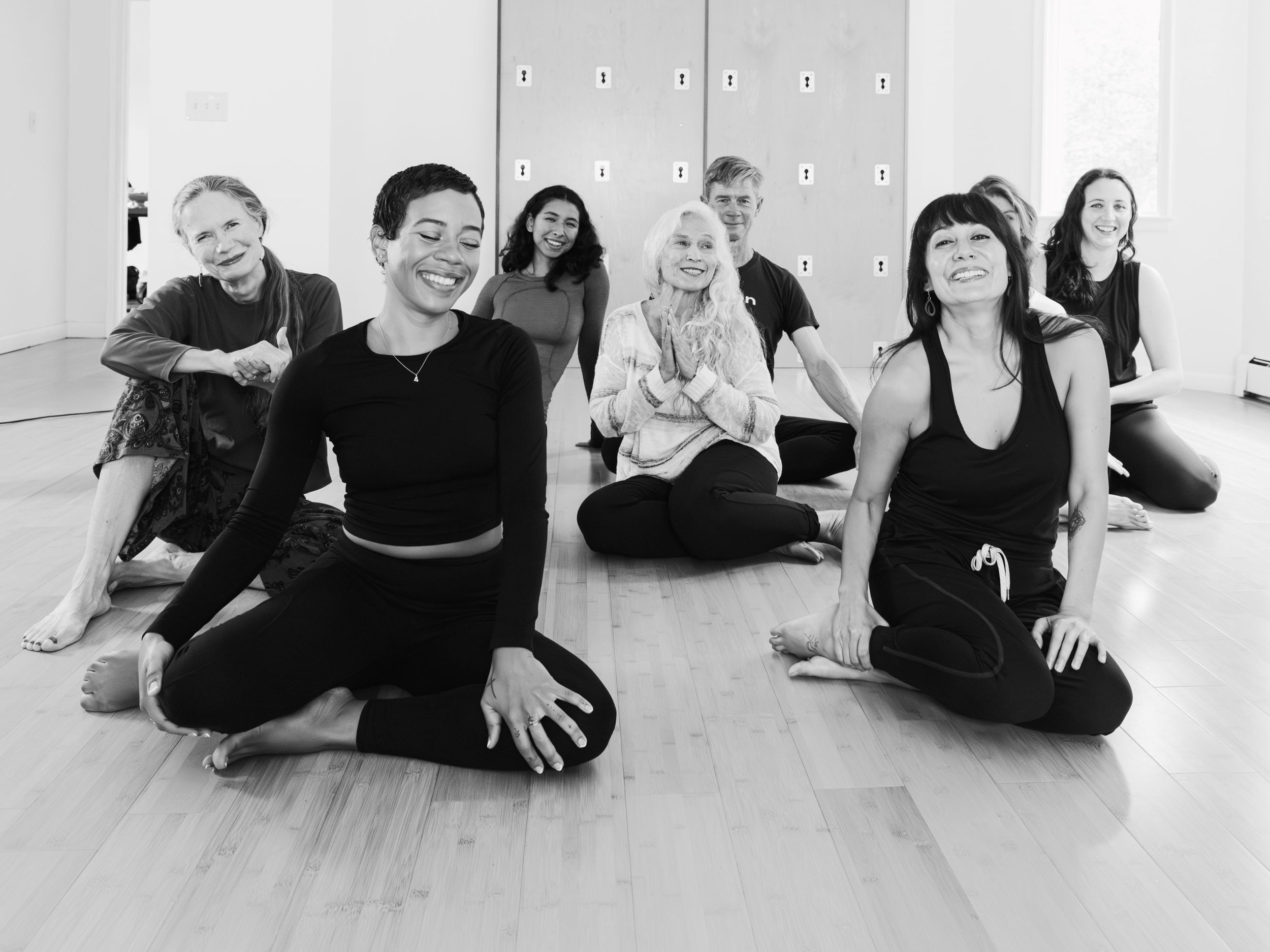
The Wellness Industry is Broken
Yoga studios in America are typically found in affluent areas, which makes it logistically or financially difficult for those in other communities to access services and classes.
Wellness studios often exclude or discourage students and wellness experts of color and anyone else who doesn't fit the image of wellness in our culture.
The whiteness of the wellness industry has contributed to an imbalance in healthcare options (and outcomes) for Black, brown, and indigenous women of color.
Students and wellness leaders of color say they don't always feel safe, heard, seen, or supported in the holistic wellness field.
Black and BIPOC women are often left out of opportunities to impart their knowledge and wisdom in the industry.
The Wellness Industry is Exclusive
Research shows that Black and brown folks are twice as likely to suffer from chronic diseases than white folks. Lack of quality health care, food and housing insecurity, and inadequate mental health services heighten the disparities.
New research suggests the risk of serious complications from these diseases can be reduced by paying attention to one’s physical and mental health; seeking timely diagnosis; knowing when to push, when to rest, and when to be forgiving or carve out time for self-care. In marginalized communities, that’s often easier said than done.
The problem is, without reliable transportation, childcare, flexible work schedules, and health insurance, people living in marginalized communities are unable to take advantage of preventive healthcare.
